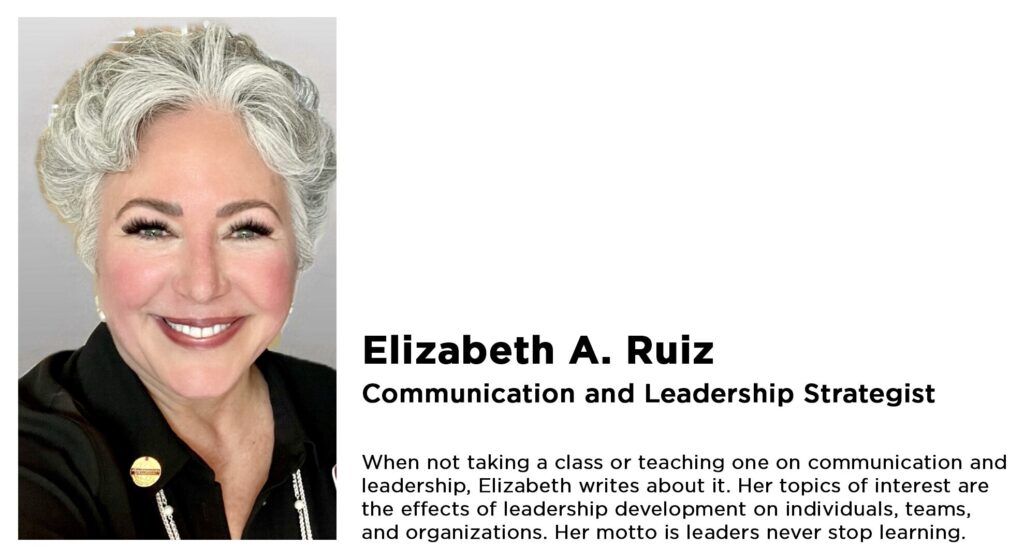The Power of Mentorship: How Interns Can Find and Benefit from a Mentor
In the early stages of a career, the path ahead often appears overwhelming. Internships are the first step into the professional world, but they can be filled with uncertainty and challenges. Enter mentorship—a dynamic relationship that can illuminate the path, offering invaluable insights and guidance. The power of mentorship lies not just in the advice given but in the relationship that nurtures professional and personal growth. Let’s explore how interns can find mentors, build meaningful relationships, and maximize the benefits of this guidance.
The Value of Mentorship1. Accelerated Learning and Skill DevelopmentMentors provide a wealth of knowledge accumulated through years of experience. They can offer practical advice, share industry secrets, and teach critical skills not typically covered in academic settings. This accelerated learning curve can significantly enhance an intern’s competence and confidence.2. Networking OpportunitiesA mentor often has an established network of professionals. By introducing interns to key contacts, mentors can open doors to new opportunities, whether job offers, collaborations, or invitations to important industry events. Networking under the guidance of a mentor can position interns for future success.3. Career Guidance and FeedbackMentors can help interns navigate career choices by offering insights on potential career paths, roles, and industries. They provide honest feedback, help interns identify strengths and areas for improvement, and set realistic, achievable career goals.4. Emotional SupportThe transition from academic life to a professional environment can be daunting. A mentor can be a source of encouragement and support, helping interns manage stress, build resilience, and stay motivated during challenging times.Finding a Mentor1. Leverage Internship ProgramsMany organizations have formal mentorship programs as part of their internship offerings. Interns should proactively inquire about these programs and express their interest in being matched with a mentor.2. Seek Out Informal MentorshipNot all mentorship relationships are formalized. Interns can identify potential mentors by observing colleagues who excel in areas they are interested in. Initiating conversations, asking for advice, and showing genuine interest can organically develop into a mentorship relationship.3. Utilize Professional Networks and Social MediaPlatforms like LinkedIn are excellent for connecting with industry professionals. Interns can join relevant groups, participate in discussions, and reach out to individuals whose career paths they admire. A thoughtful message explaining why they seek mentorship can be the first step in establishing a connection.4. Engage in Industry EventsAttending conferences, workshops, and networking events provides opportunities to meet potential mentors. Interns should be prepared to introduce themselves, ask insightful questions, and follow up with individuals they meet.Building and Nurturing the Relationship1. Be Proactive and RespectfulMentorship is a two-way street. Interns should take the initiative to schedule meetings, come prepared with specific questions or topics, and respect the mentor’s time and advice. Demonstrating commitment and professionalism is key to maintaining a productive relationship.2. Set Clear GoalsDefining what they hope to achieve from the mentorship helps interns and mentors stay focused. Whether acquiring new skills, gaining industry knowledge, or getting career advice, clear goals guide the mentorship journey.3. Show GratitudeA simple thank you can go a long way. Regularly expressing appreciation for the mentor’s time and advice strengthens the relationship and shows that the intern values their guidance.4. Stay EngagedMentorship doesn’t end with the internship. Keeping in touch, updating the mentor on career progress, and seeking their advice at key junctures can transform a temporary mentorship into a long-term professional relationship.Utilizing Mentorship Guidance1. Apply Advice PracticallyMentors often share actionable advice based on real-world experience. Interns should consciously apply this advice in their daily tasks and projects, reflecting on the outcomes and seeking further guidance as needed.2. Reflect and AdaptRegular reflection on what they’ve learned from their mentor helps interns internalize lessons and adapt their approach. This reflective practice fosters continuous personal and professional growth.3. Expand LearningMentorship is an opportunity to explore beyond immediate job responsibilities. Interns should use their mentor’s expertise to learn about different aspects of the industry, emerging trends, and long-term career planning.ConclusionThe power of mentorship lies in its ability to transform the uncertain journey of an intern into a structured, guided, and enriching experience. By finding and building strong relationships with mentors, interns can gain a competitive edge, develop crucial skills, and create a network that supports their career growth. As the old saying goes, “If you want to go fast, go alone. If you want to go far, go together.” Embrace mentorship, and let it be the catalyst for your professional success.Connect with Elizabeth on LinkedIn.










